Context: In the last two financial years – 2021-22 and 2022-23 under the Mahatma Gandhi National Rural Employment Guarantee Scheme (MGNREGA) over 10 lakh fake mgnrega job cards have been deleted.
| Aadhaar-based Payment System (ABPS): According to the National Payments Corporation of India (NPCI), ABPS is “a unique payment system which uses Aadhaar number as a central key for electronically channelising government subsidies and benefits in the Aadhaar-Enabled Bank Accounts (AEBA) of the beneficiaries”. |
|---|
About MGNREGA:
Key Features:
|
|---|
News Source: The Indian Express
Context: A state-wise study on beaches facing coastal erosion has been conducted by the National Centre for Sustainable Coastal Management (NCSCM).
Also Read: Global Coastal Adaptation Efforts: Gaps
NCSCM:
NCCR:
|
|---|
News Source: Indian Express
Context: According to the publishers of the Oxford English Dictionary “rizz,” is the word of the year for 2023.
Source: Indian Express
Context: India announced a $250 million line of credit to Kenya for modernizing its agricultural sector.
What is the Line of credit (LOC)?
|
|---|
Must read: Africa To Solve World’s Critical Mineral Challenge
Source: India Express
Context: India’s forex reserves increased from $2.538 billion to $597.935 billion for the week ending November 24, the Reserve Bank of India (RBI).
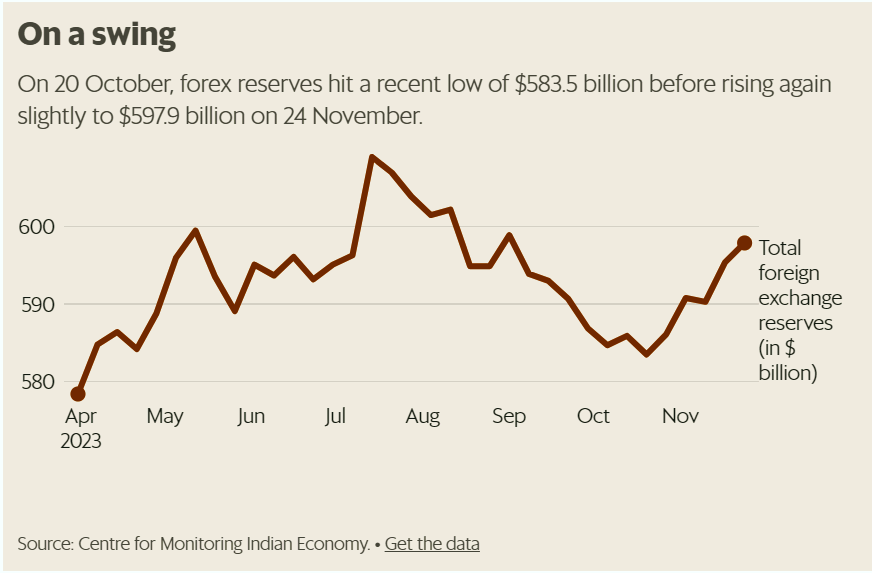
Foreign currency assets (FCAs):
Special Drawing Rights (SDRs)
Reserve positions in the IMF
|
|---|
Context: At the COP28 climate meeting 22 nations, including the US have pledged to triple nuclear energy capacity by 2050, In a bid to attain a net-zero emissions status.
Net-Zero Emissions:
|
|---|
Must read COP28 Climate Summit In Dubai
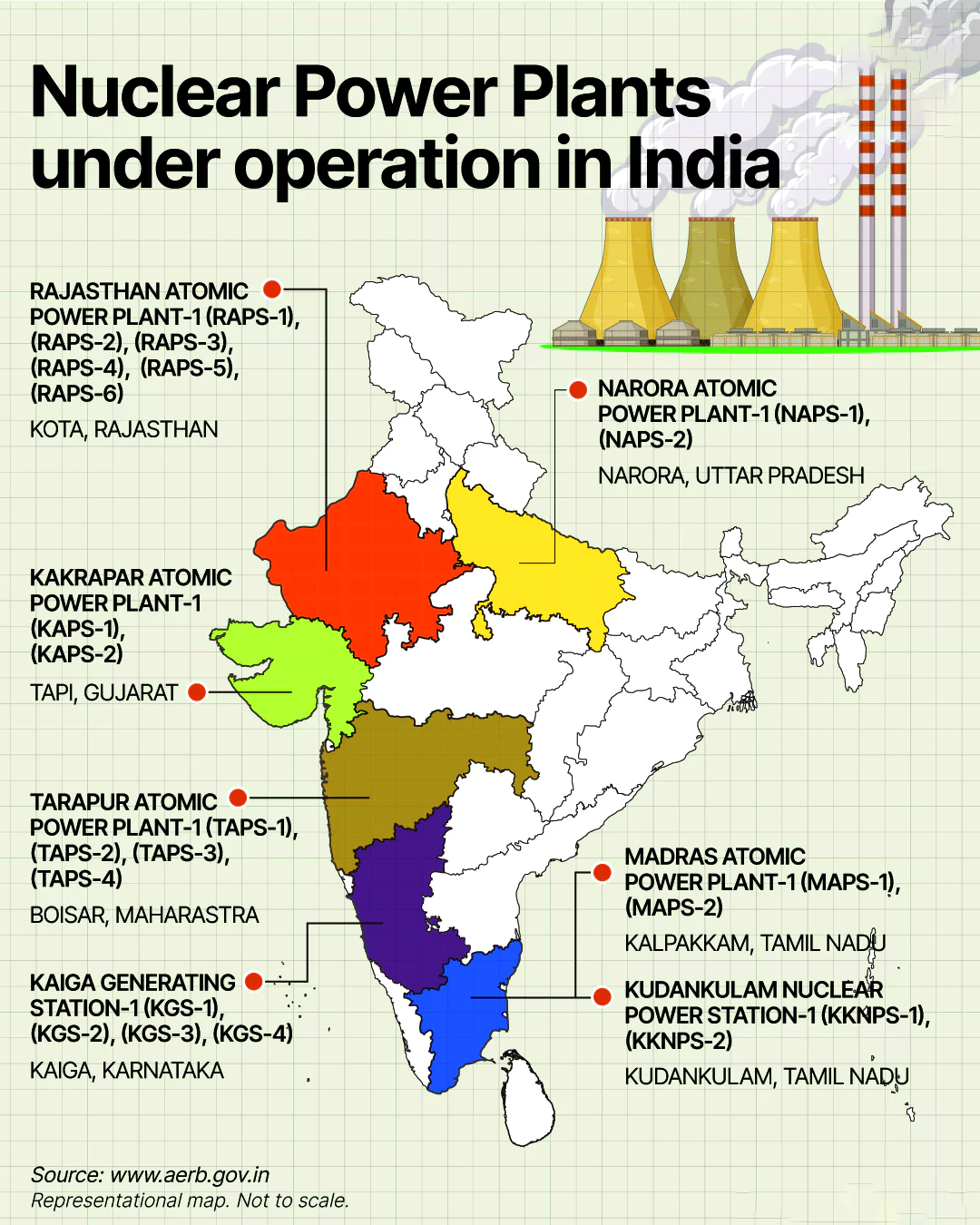
Source: Indian Express
Context: Indian Institute of Science Education and Research (IISER) Bhopal researchers have recently conducted the first genome sequencing of the jamun tree (Syzygium Cumini).
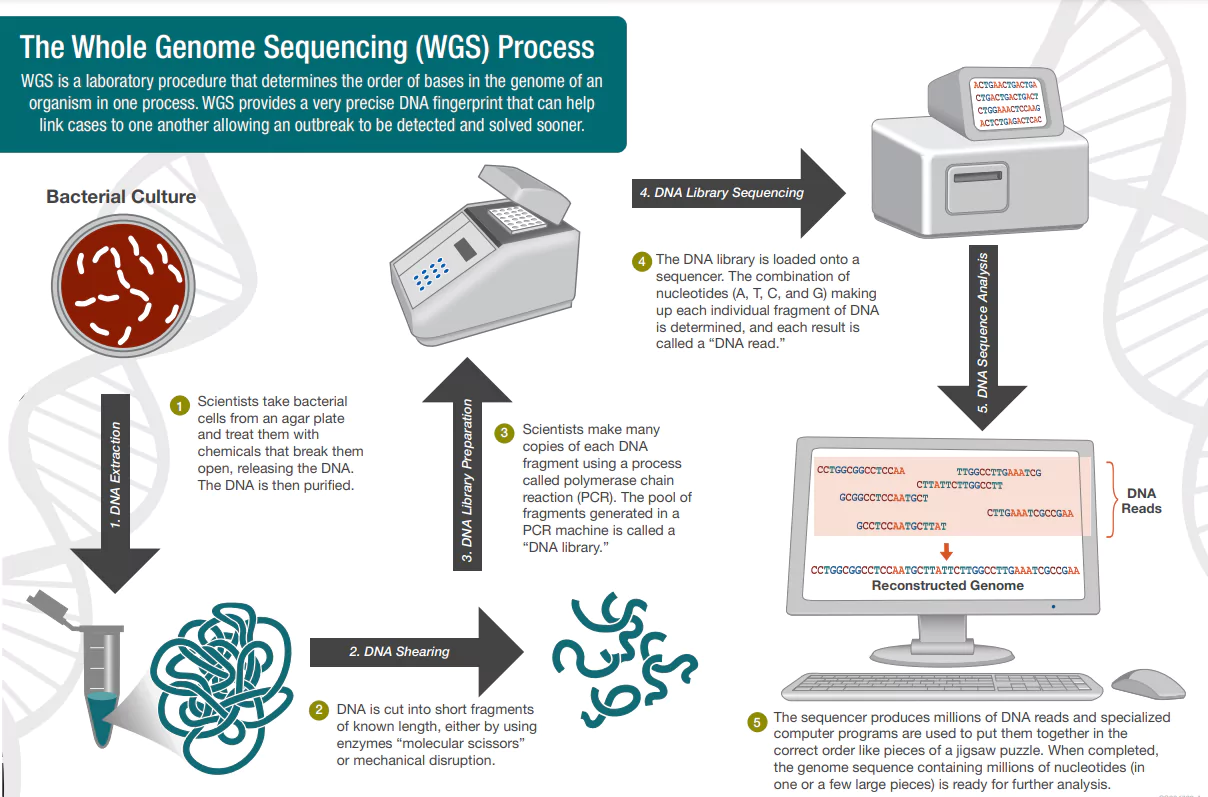
Learn more about Genome Sequencing here.
News Source: IE
Context: Recently, the Delhi High Court sought the Cente’s stand in a plea challenging the order of the Civil Aviation Ministry, prohibiting the carrying of receive-only GPS devices on aircraft.
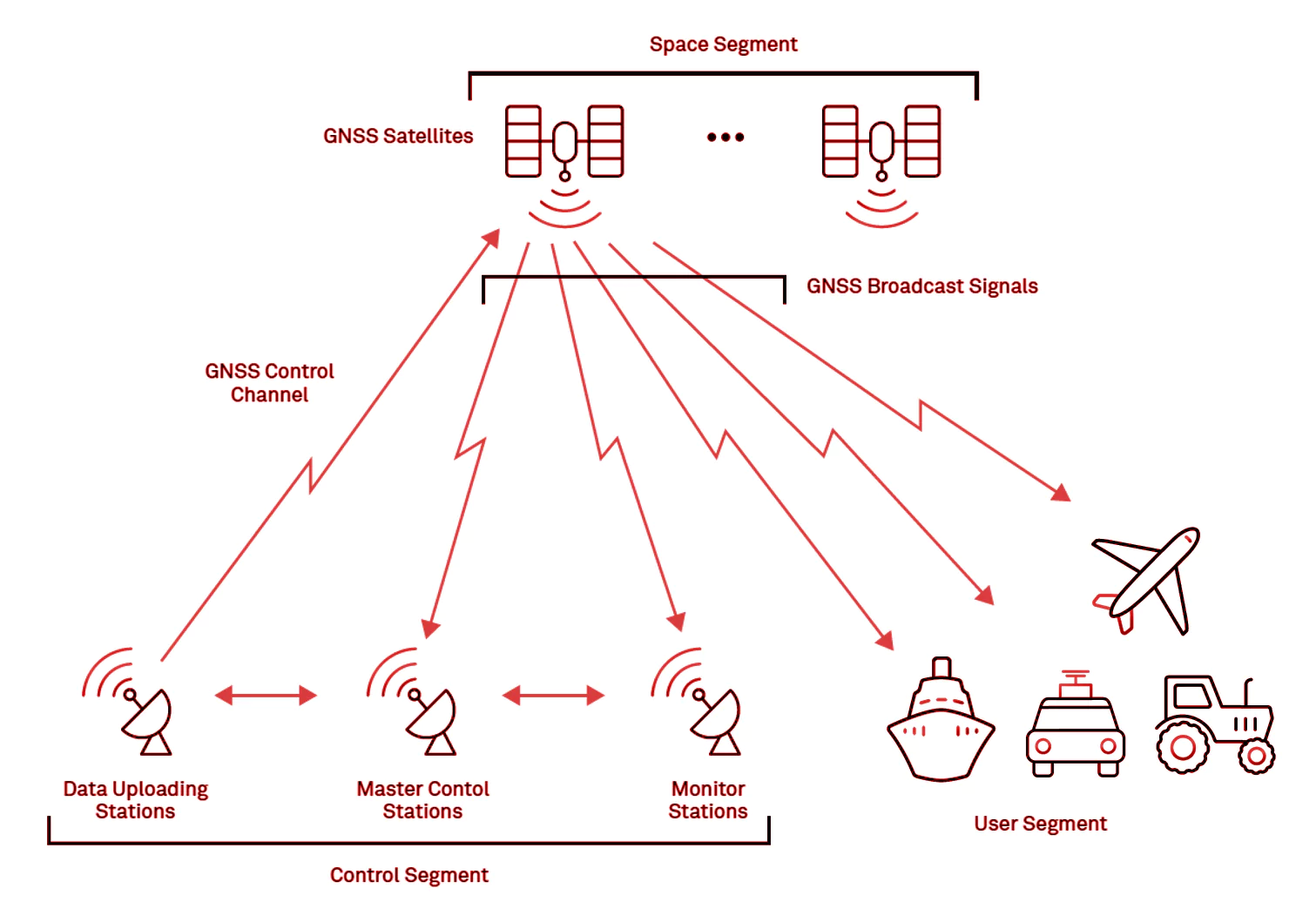
Also Read: NavIC
News Source: The Hindu
Context: The death anniversary of Bhimrao Ramji Ambedkar is recognized as Mahaparinirvan Diwas every year on 6 December.
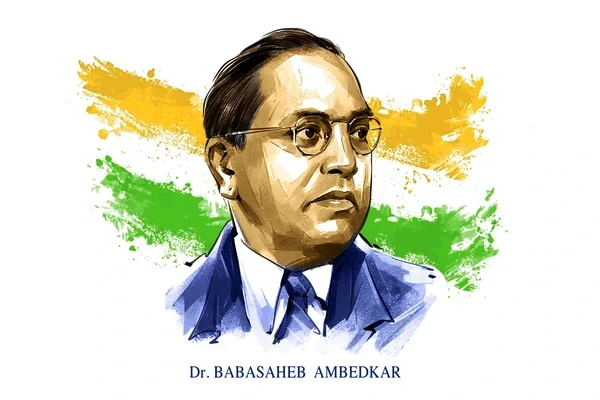
Inspirational Quotes:
|
|---|
News Source: India Today
Context: Recently, ‘the Global Climate 2011-2020: A Decade of Acceleration’report was released by the World Meteorological Organisation.
World Meteorological Organization (WMO)
|
|---|
News Source: The Hindu
Context: This article is based on the news “What’s the status of the UN treaty to end plastic pollution?” which was published in the Indian Express. The Intergovernmental Negotiating Committee (INC)-3 (under UNEP) met to negotiate a global plastic pollution treaty in November 2023.
| Relevancy for Prelims: Global Plastic Pollution Treaty, UNEP, INC-3, International Convention for the Prevention of Pollution from Ships (MARPOL), United Nations Conference on Trade and Development (UNCTAD), OECD, and London Convention.
Relevancy for Mains: Global Plastic Pollution Treaty negotiations at INC-3, Key Highlights, Challenges, and initiatives has India taken to curb plastic pollution. |
|---|
Also Read: COP28 Climate Summit In Dubai
About UN Global Plastic Pollution Treaty
|
|---|
| What is Microplastic?
Microplastics are tiny plastic particles less than five millimeters (0.2 inches) in diameter. There are two categories of microplastics:
Single-use plastic products: They are defined by the UNEP as “an umbrella term for different types of products that are typically used once before being thrown away or recycled”. |
|---|
Mismanaged Waste Index (MWI): The gap in a waste management capacity and plastic consumption is called MWI.
|
|---|
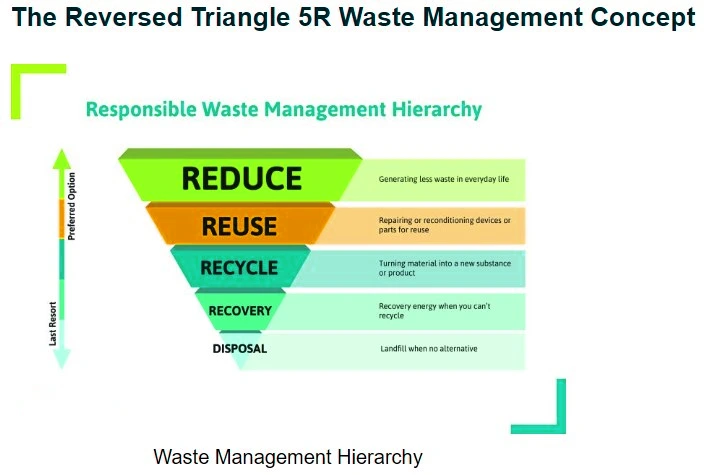
The enactment of a legally binding global plastic pollution treaty proposed for next year by the United Nations will help tackle the global plastic crisis and realize the goal of a zero-waste world.
| Prelims Question (2019)
In India, ‘extended producer responsibility’ was introduced as an important feature in which of the following? (a) The Bio-medical Waste (Management and Handling) Rules, 1998 (b) The Recycled Plastic (Manufacturing and Usage) Rules, 1999 (c) The e-Waste (Management and Handling) Rules, 2011 (d) The Food Safety and Standard Regulations, 2011 Ans: (c) |
|---|
Context: This article is based on the news “COP28: Relying on carbon capture and storage to reach Net Zero would be economically damaging, shows Oxford report” which was published in the DTE. According to a report by Oxford University, excessive dependence on Carbon Capture and Storage (CCS) to reach net zero goals would be economically damaging.
| Relevancy for Prelims: Carbon Capture Utilization and Storage (CCUS), Centre of Excellence in Carbon Capture and Utilization (NCoE-CCU), Mumbai, and the National Centre in Carbon Capture and Utilization (NCCCU).
Relevancy for Mains: Global and India’s status on Carbon Capture Utilization and Storage (CCUS), Its significance, and associated challenges with it. |
|---|
Also Read: COP28 Climate Summit in Dubai
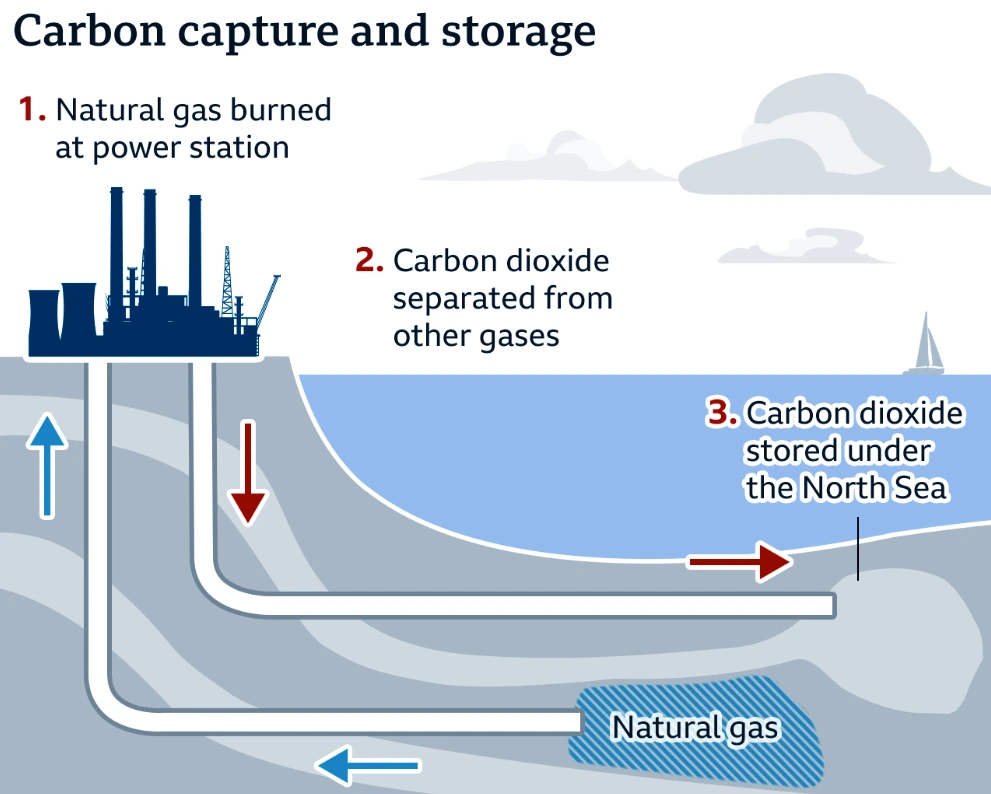
Carbon Capture Utilization and Storage in India:
|
|---|
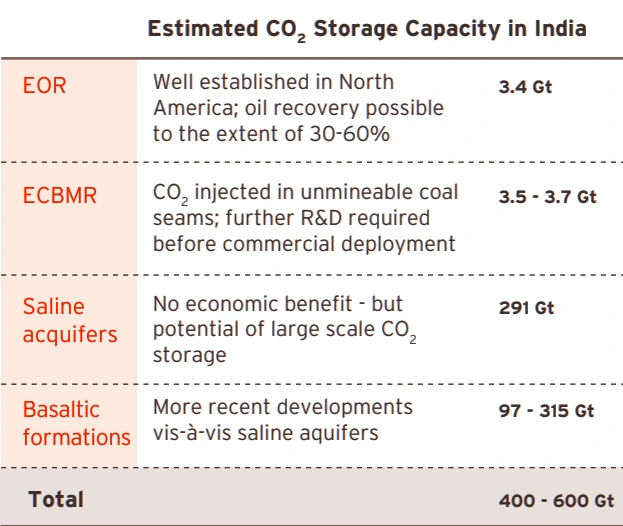
Carbon Capture Technologies for Different Applications:
|
|---|
Negative Externalities:
|
|---|
Carbon Capture Utilization and Storage (CCUS) holds significant promise in decarbonizing critical sectors and meeting global climate targets, the technology faces formidable challenges such as scaling issues, lack of geological data, and potential negative externalities.
SC Verdict on Newsclick Shows Adherence to Due Pro...
Stay Invested: On Chabahar and India-Iran Relation...
Credit Rating Agencies, Impact on India’s De...
Catapulting Indian Biopharma Industry
Globalisation Under Threat, US Import Tariffs Have...
Global Report on Hypertension, Global Insights and...
<div class="new-fform">
</div>
